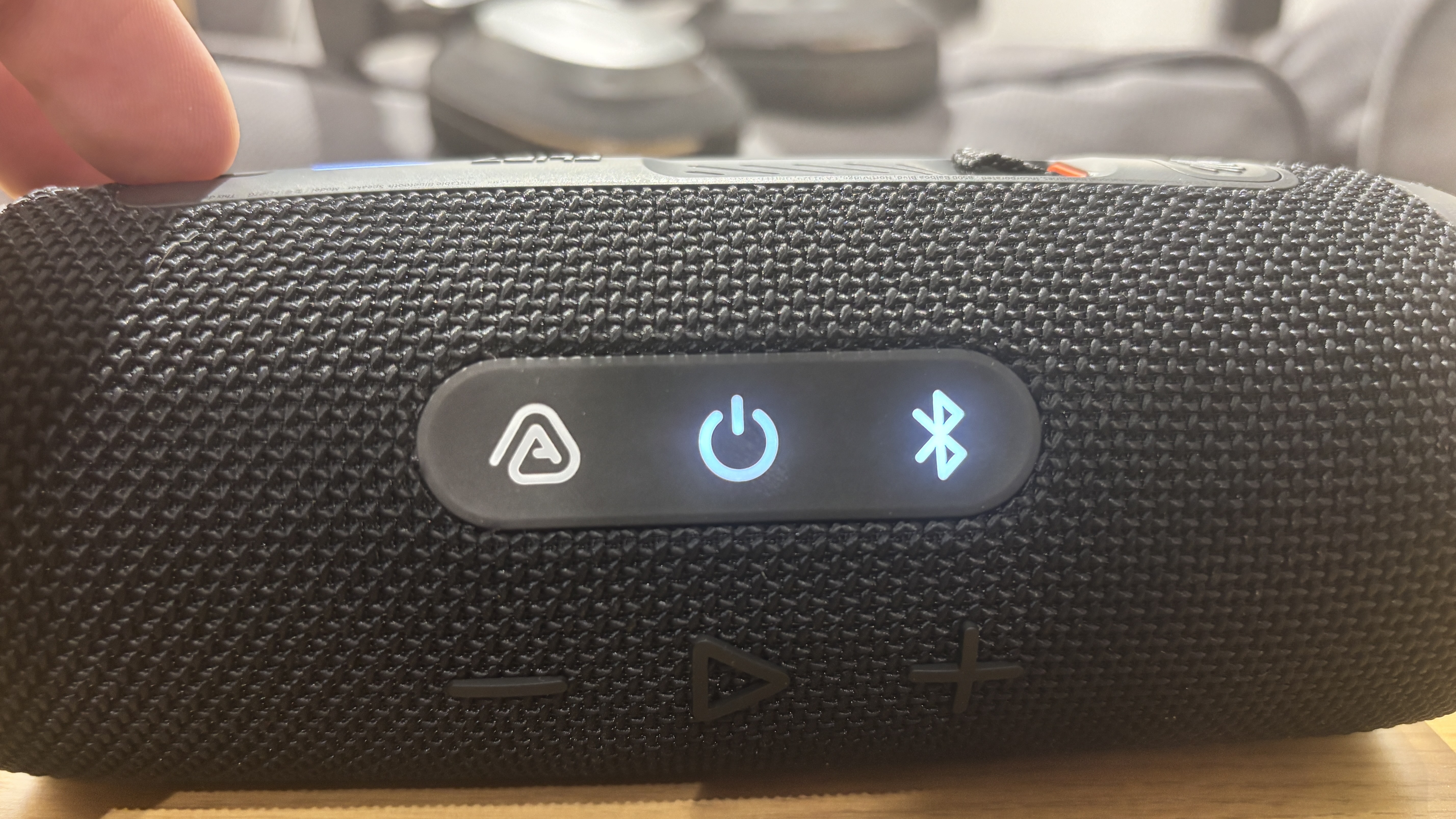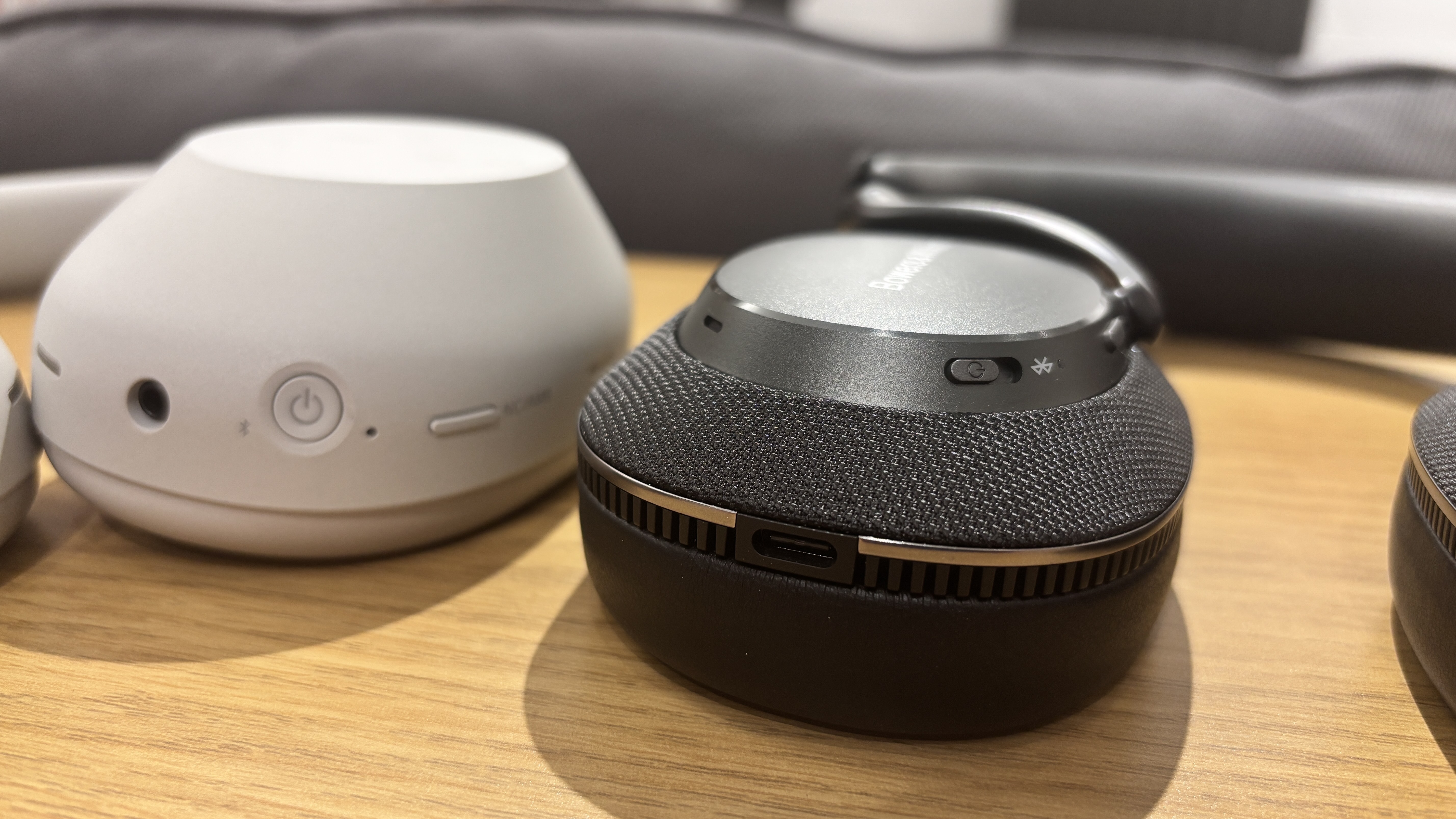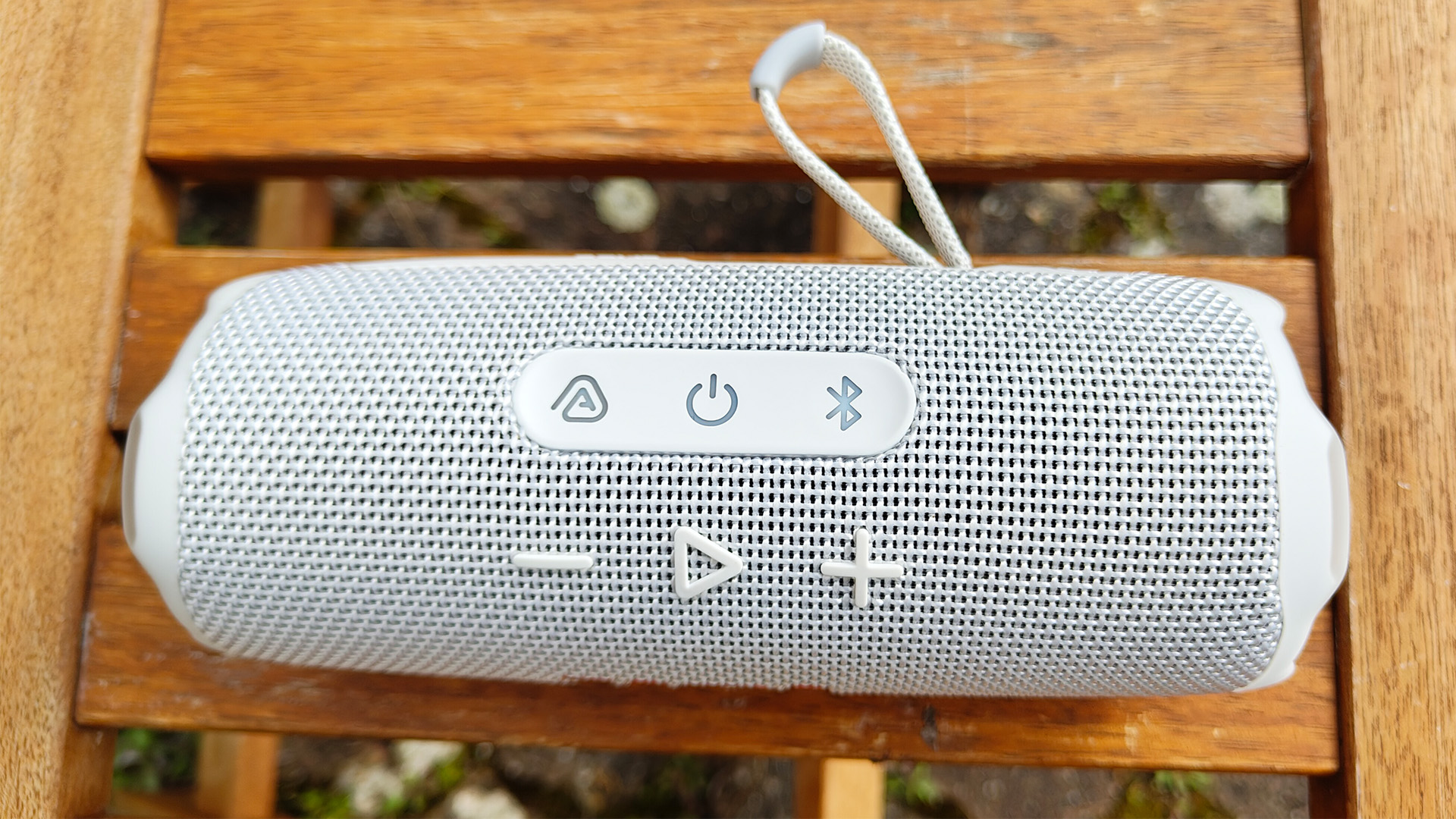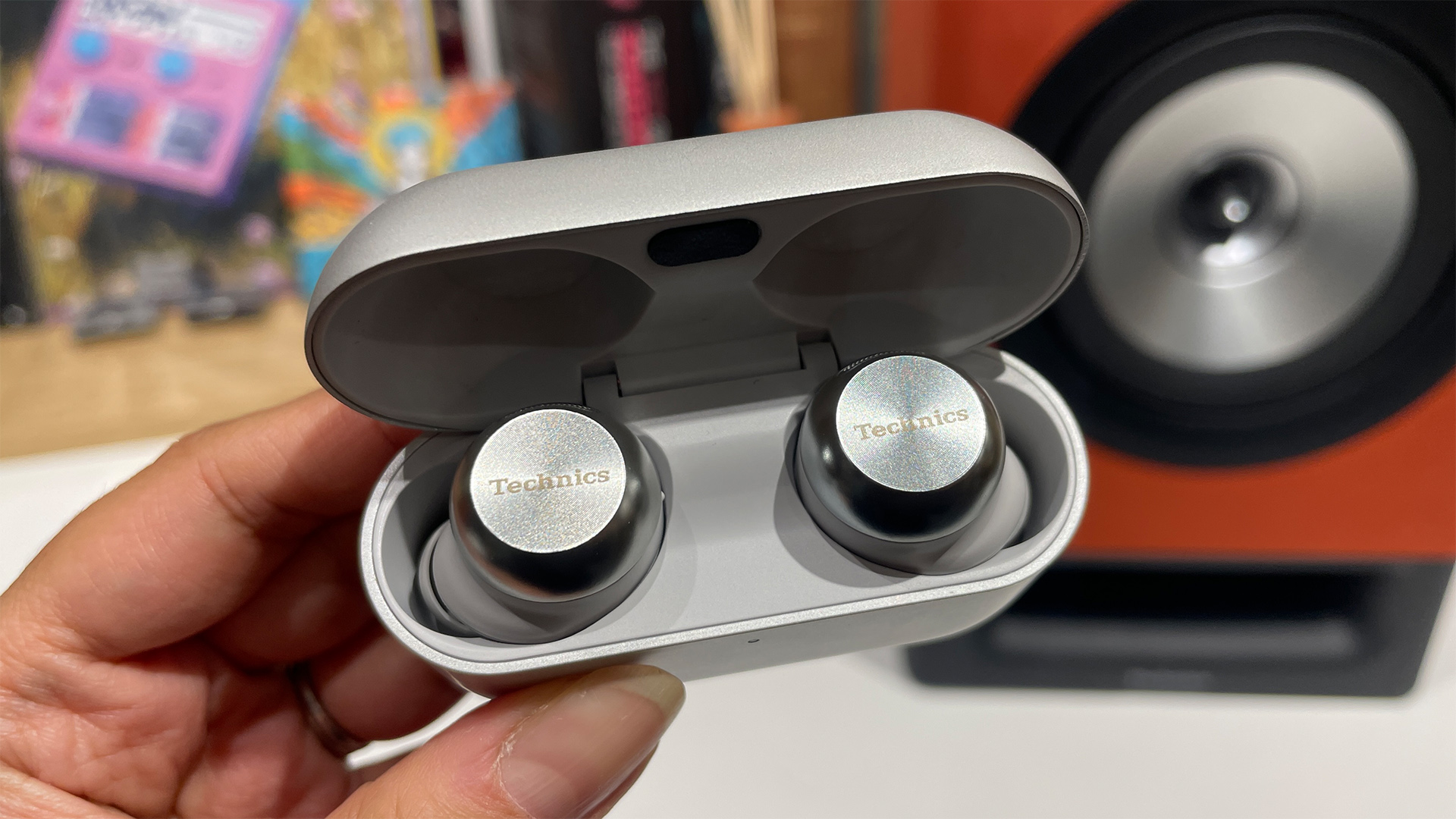Dear audio manufacturers, please standardise your Bluetooth pairing processes!
All for one and one for all

It was a glorious day when the tech world decided to standardise all cable connections.
Thanks in part to a drive from the European Union, it has become increasingly rare to see anything other than a USB-C connection on most standard audio devices, from portable speakers and wireless speakers to digital music players, wireless headphones and earbuds.
The likes of USB-A, micro-USB and even Apple’s beloved Lightning cables are being consigned to history as USB-C takes charge. It's a change that has been a blessing to those of us who used to lose days constantly searching for the right lead, squirreled away in that inevitable drawer or cupboard which also houses spare batteries, miscellaneous keys and old passports.
Now that the cable that juices up your iPhone can do roughly the same job powering up your JBL speaker, the misery of those Balkanised days is, for now at least, behind us.
Why not Bluetooth?
Such progress raises a pertinent question: if they can do a job of standardising consumer electronics charging, why can’t they do the same for Bluetooth pairing procedures?
Yes, I’m aware that the push for an exclusively USB-C world was motivated by a desire for better performance and factors to do with waste and the environment; but the fact that we achieved proper uniformity shows that it can be done.
And Bluetooth pairing needs uniformity. How many times have you purchased a new product, only to be baffled by the new, possibly unique, pairing procedure it requires for you to get it up and running?
The latest hi-fi, home cinema and tech news, reviews, buying advice and deals, direct to your inbox.
This is especially true for us poor old reviewers who, even during a slow year, test dozens, if not hundreds, of wireless devices every year.
Trust us, there are several ways for a company to trigger the pairing process, and while some are relatively intuitive, others are maddeningly clunky or just downright unhelpful. Take the world of over-ear headphones…
Bowers & Wilkins still favours the sliding Bluetooth / power toggle as seen on its latest Px7 S3 over-ears (I've never quite wrapped my head around it), whereas Sony uses a single power and pairing button for its latest world-beaters, the WH-1000XM6.
The Bose QuietComfort Ultra Headphones, conversely, have a dedicated Bluetooth button which sits at the bottom of the right earcup away from the power switch.
The agony of choice

Most of the time, there’s no issue – we are used to these discrepancies in pairing, after all – but sometimes we still find ourselves passing cans to a colleague because we are baffled by a process that comes completely out of left field.
Sometimes the power button and the pairing button double up, as is the case with Sony's latest, so you’re never quite sure whether you’re about to put your device into pairing mode or just switch it off entirely.
Sure, it doesn't take a genius to figure out that holding the pairing/power button for two seconds switches off the cans while five seconds will activate pairing mode, but if you're not a tech-savvy teen and, say, one of my dear old parents, you may find such simple processes a good deal more confusing. Not everyone who buys wireless cans is under 30, lest we forget.
For wireless earbuds, it can be much trickier. The best solution in this case does actually seem to be Sony’s, whereby you press and hold a button on the charging case and wait for your phone or PMP to discover the earbuds.
Sadly, the number of permutations for connecting your earbuds is vast: hold both earbuds when they are in your ears; hold both earbuds when they’re in the case; hold the left earbud only; or maybe just the right.
Sometimes it’s just a case of removing them from the case; sometimes it’s Sony’s aforementioned pairing button. Some buds will only connect when you’re standing up, others when you’re sitting down.
Ok, I lied about the last example, but you take the point – often the whole process can just seem maddeningly arbitrary.
Then you have Bluetooth speakers. We’re usually on safer ground here, as a larger unit can accommodate a dedicated Bluetooth pairing button that simply has to be pressed and/or held to initiate the desired process.
That’s the case on the JBL Flip 7 and Charge 6, say, or the new Bang & Olufsen Beosound A1 (3rd Gen). Happily, we have yet to find too many portable units that stray from the path.
You also don’t have to have a Bluetooth speaker placed in or over your ears to discover whether or not it is performing the pairing procedure – something which makes the whole process just a touch trickier when you're caught between wanting to see the button you require and needing to hear the chime or prompt telling you that you are actually performing the correct part of this particular ritual.
The impossible dream?

Forgive my ignorance, but if it’s relatively simple to get Bluetooth speakers all singing from the same hymn sheet, can’t that be the case for everything else?
I’m aware that nothing in the world of design and manufacturing comes for free, and that even pairing processes have to be meticulously planned and programmed, but can’t we all just agree on one simple system for every product type?
A single, dedicated pairing button for wireless headphones, a case-mounted button for wireless earbuds and a signposted Bluetooth toggle on portable speakers.
Standardise the amount of time that it needs to be pressed (do we even need to be holding things down anymore?) and put it in the same place, no matter the brand or product. Yeah, right!
Maybe this is all wishful thinking. I’m not really expecting brands and manufacturers to call for a summit to make the life of a single journalist a touch easier. All I’m saying is, if you can, try to consider the end user whenever you make a decision, especially if it could lead to frustration and confusion as a result.
Modern users crave a frictionless experience, and manufacturers can sometimes forget that their end users aren't all tech-savvy twenty-somethings for whom wireless connectivity is par for the course.
It's like writing an academic essay. You'll only alienate certain readers by using excessive jargon or complicated sentence structures; overly simplified language, on the other hand, while it may be a bit basic, ensures that everyone can understand what you're saying.
In short, there's a life lesson in here somewhere: why make things more complicated than they need to be?
MORE:
Sony WH-1000XM6 vs WH-1000XM4: which noise-cancelling headphones should you buy?
7 sound settings and control hacks you need to try on the Sony WH-1000XM6
These are our picks for the best Bluetooth speakers

Harry McKerrell is a senior staff writer at What Hi-Fi?. During his time at the publication, he has written countless news stories alongside features, advice and reviews of products ranging from floorstanding speakers and music streamers to over-ear headphones, wireless earbuds and portable DACs. He has covered launches from hi-fi and consumer tech brands, and major industry events including IFA, High End Munich and, of course, the Bristol Hi-Fi Show. When not at work he can be found playing hockey, practising the piano or trying to pet strangers' dogs.
You must confirm your public display name before commenting
Please logout and then login again, you will then be prompted to enter your display name.
